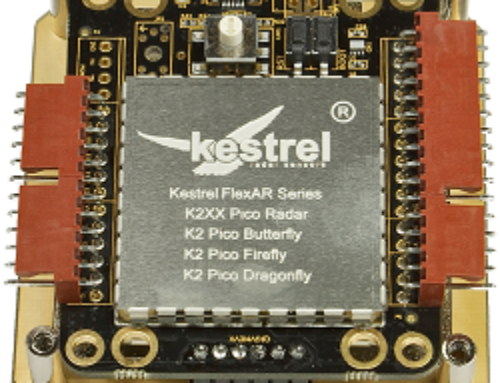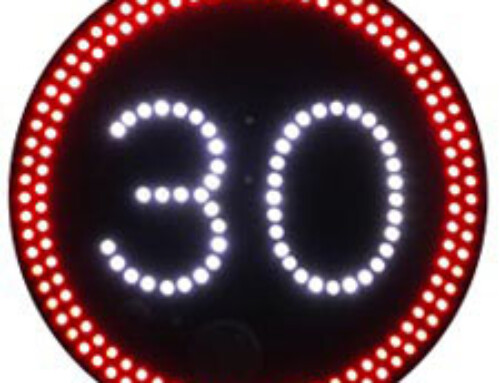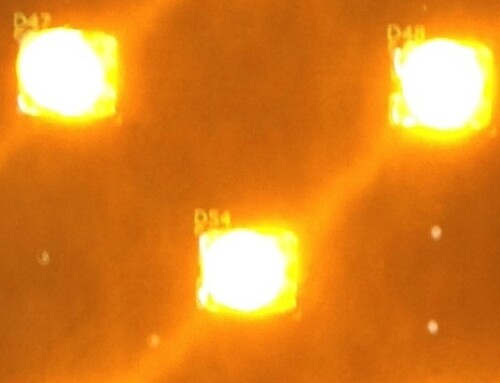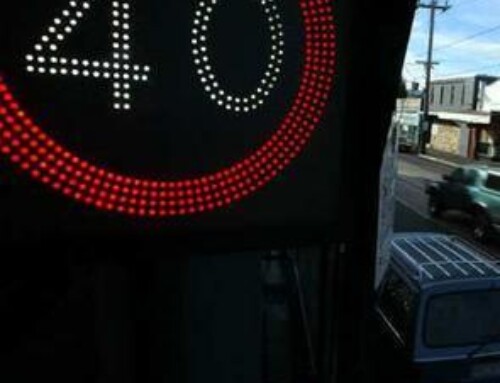Doppler Radar – Is There Any Other?
The use of Planar Array Doppler Radar devices in Radar Speed Signs is now almost universal. The frequency band of operation has varied with X band being popular not that long ago, but K band devices now dominate the market place. The X band devices (8GHz -12GHz) were great performers but the larger antenna size and the varied frequency allocation around the world has made these far less attractive amongst manufacturers. In the vehicle speed detection arena, there were numerous X band antenna frequencies bands. Not just one per region but one band for every country. In the K band (18GHz – 27GHz) this is drastically reduced to just 3. Less if you’re only interested in specific regions of the world. Well, as you might expect, the rest of the world is happy with one band but we Brits and of course the French have to have their own. But I guess 3 isn’t so bad!.. and with overlap of the UK with the rest of the world you could knock this down to 2.
In more recent times the use of the Doppler radar has become more pervasive in the automotive industry and vehicle manufacturers are racing to have a plethora of sensors embedded in their vehicles. From parking sensors to blind spot sensing for driver awareness as they speed along the highways. Having witnessed some very dubious driving over the years this may not be a bad thing. The frequency spectrum is shifting ever higher with Ka Band (26.5Ghz -40GHz) and upwards into V band (40GHz – 75Ghz) for these new breed of sensors. With ongoing trials of driverless vehicles the use of these sensory devices can only increase. Their interaction with the onboard vehicle management systems and other sensors will become an interesting area of research. CAN bus is the de-facto standard in vehicle systems for sensors and it will be interesting to see if the physical copper wired interface will be replaced with technologies like fibre in the future or even robust wireless connections.
But these are not the only markets where doppler radar has entered the market. A small list of end uses include speed guns, door openers, security devices, level measurement, traffic lights, pedestrian detection and the list goes on and on. All these applications are based on either single channel or two channel (IQ) doppler sensors.






